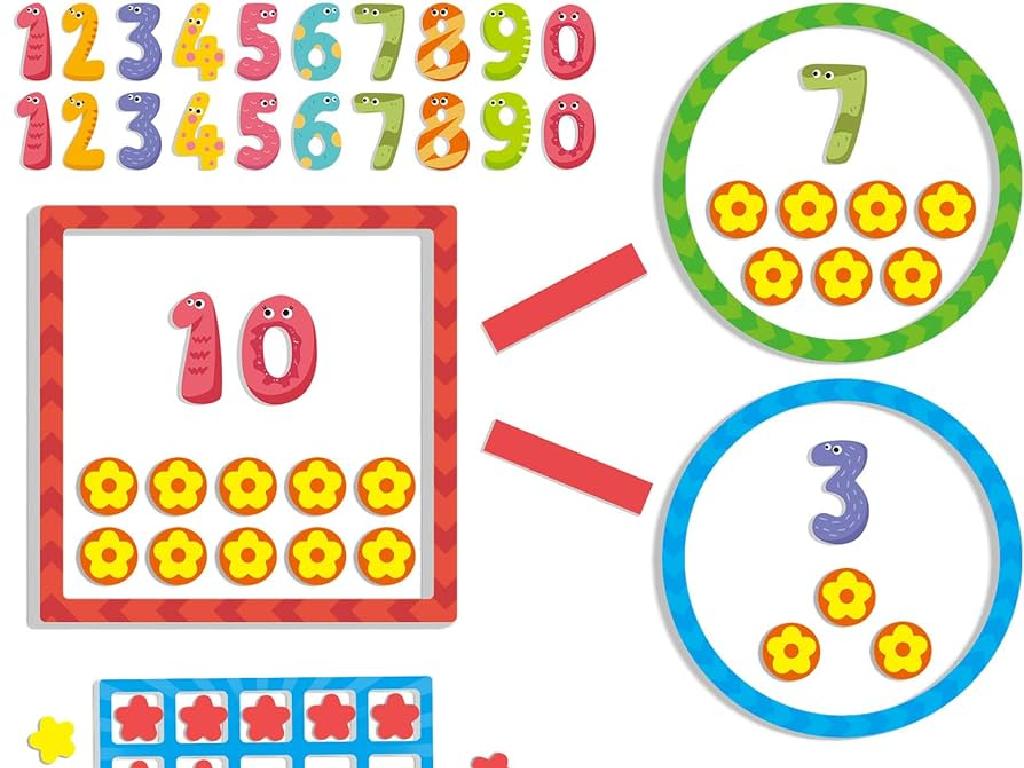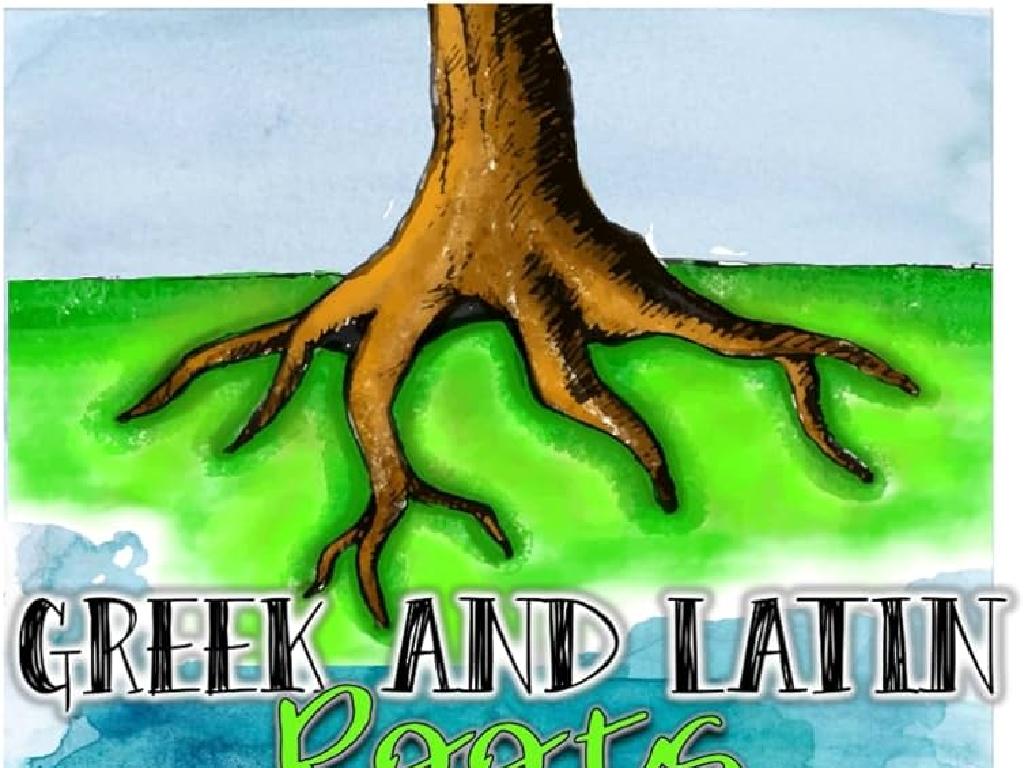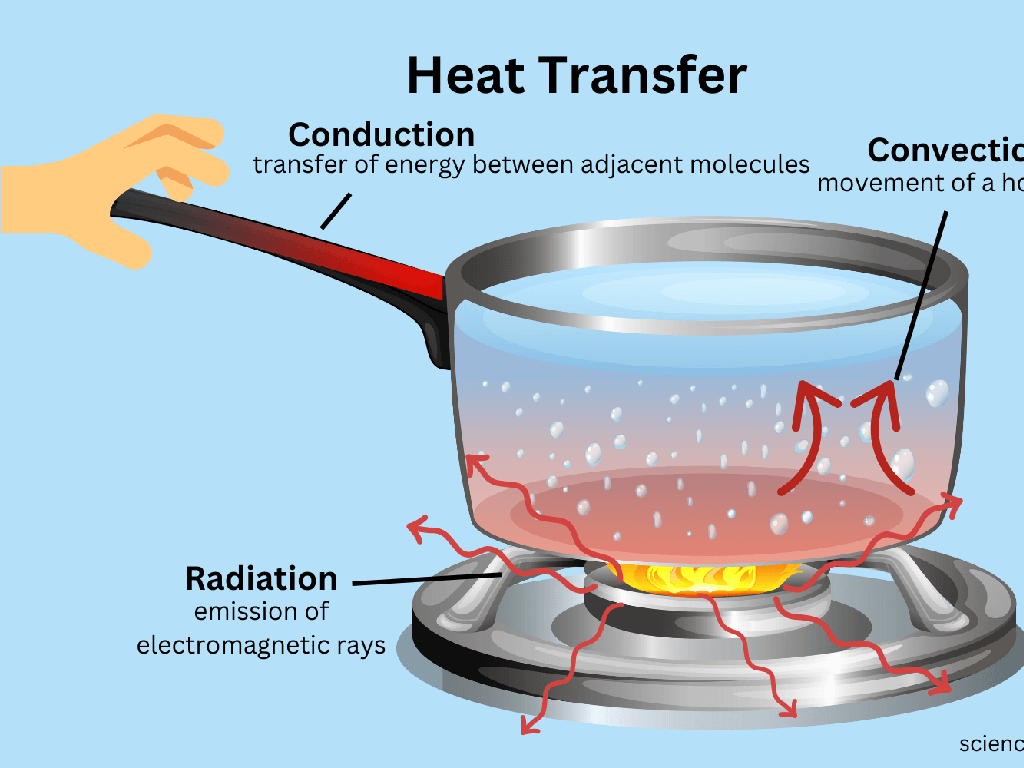Portuguese And Spanish Expeditions: Part I
Subject: Social studies
Grade: Seventh grade
Topic: Age Of Exploration
Please LOG IN to download the presentation. Access is available to registered users only.
View More Content
The Age of Exploration: Portugal and Spain’s Role
– Exploring the Age of Exploration
– Motives behind the expeditions
– Seeking new trade routes, wealth, and spreading Christianity.
– Portugal’s pioneering explorers
– Led by Prince Henry the Navigator, Portugal explored African coasts.
– Spain’s quest for empire
– Spain, led by Columbus, sought a westward path to Asia, found the Americas.
|
This slide introduces students to the Age of Exploration, emphasizing the roles of Portugal and Spain. Discuss the economic, religious, and political motives that drove European nations to explore unknown parts of the world. Highlight Portugal’s early leadership in exploration, with figures like Prince Henry the Navigator sponsoring trips along the African coast. Contrast this with Spain’s monumental discovery of the New World by Christopher Columbus. Encourage students to consider the impact of these expeditions on global trade, cultural exchanges, and the shaping of the modern world.
Motivations for Portuguese and Spanish Expeditions
– Seeking new trade routes to Asia
– To bypass intermediaries for direct trade, reducing costs and increasing profits
– Quest for gold, spices, and resources
– Explorers were driven by the promise of wealth from undiscovered lands
– Innovations in navigation
– Use of the astrolabe and magnetic compass improved long-distance travel
– Advances in shipbuilding technology
– Caravels and galleons allowed longer voyages and more cargo
|
This slide explores the reasons behind the Portuguese and Spanish expeditions during the Age of Exploration. The primary motivation was the desire for new, direct trade routes to Asia to obtain goods like silk and spices without the need for middlemen, which would enhance profits. The allure of gold, spices, and other natural resources also played a significant role, as these were highly valued in Europe. Technological advancements in navigation, such as the astrolabe and magnetic compass, made it possible to travel further with greater precision. Additionally, improvements in shipbuilding, including the development of the caravel and galleon, enabled explorers to undertake longer voyages and carry more goods. Encourage students to consider the impact of these motivations on global trade and cultural exchanges.
Portugal Leads the Way in Exploration
– Prince Henry’s exploration impact
– Founded a navigation school and sponsored voyages
– Expeditions along Africa’s coast
– Explored African coast, seeking a route to Asia
– Bartolomeu Dias’ milestone
– First to sail around the southern tip of Africa in 1488
– The Cape of Good Hope’s significance
– Opened sea route to Asia, boosting trade and exploration
|
This slide highlights the pioneering role of Portugal in the Age of Exploration. Prince Henry the Navigator, a central figure, established a navigation school that became a hub for maritime knowledge and expeditions. Emphasize his foresight in sponsoring voyages that led to the discovery of new lands and sea routes. Discuss the Portuguese expeditions that mapped the African coast, aiming to find a direct sea route to Asia for trade. Highlight Bartolomeu Dias’ significant achievement in 1488 when he navigated around the southernmost point of Africa, later named the Cape of Good Hope, which was a crucial step in establishing a sea route to Asia. This discovery not only marked a milestone in navigation but also had profound implications for global trade and European dominance in world affairs.
Spain Joins the Race of Exploration
– Spanish monarchy backs exploration
– Monarchs like Queen Isabella funded voyages for glory and wealth.
– Columbus’s voyage to the New World
– In 1492, Columbus reached the Americas, altering history.
– Treaty of Tordesillas explained
– A 1494 agreement between Spain and Portugal dividing unclaimed lands.
– Impact on global exploration
|
This slide introduces the pivotal role of the Spanish monarchy in the Age of Exploration, highlighting their financial and political support for expeditions in search of new territories and wealth. It covers Christopher Columbus’s landmark voyage in 1492, which led to the European discovery of the New World, and discusses the Treaty of Tordesillas, which was brokered by the Pope in 1494 to resolve conflicts between Spain and Portugal over newly discovered lands. The treaty had a profound impact on the course of global exploration and colonization. Encourage students to consider the motives behind the Spanish monarchy’s support and the long-term effects of these expeditions on indigenous populations.
Impact of Portuguese and Spanish Expeditions
– Cultural exchanges impact
– Europe and Americas shared culture, crops, and ideas
– The Columbian Exchange overview
– Exchange of goods like corn, potatoes, and also diseases
– Global economy transformation
– Trade expansion led to economic growth and new business practices
– Shifts in power structures
– European powers grew, indigenous populations affected
|
This slide aims to highlight the significant impacts of the Portuguese and Spanish expeditions during the Age of Exploration. Emphasize the cultural exchanges that occurred, leading to a blend of European and American traditions and knowledge. Discuss The Columbian Exchange as a pivotal event where goods such as crops and livestock were traded, but also diseases were unintentionally spread. Explain how these expeditions led to the transformation of the global economy, with the rise of trade routes and the introduction of new products and resources. Lastly, address the shifts in power structures, with European nations gaining wealth and influence at the expense of indigenous populations. Encourage students to think critically about the long-term effects of these historical events.
Navigational Tools of the Age of Exploration
– Instruments enabling exploration
– Tools like the astrolabe and compass were crucial for explorers to venture into unknown seas.
– Astrolabe and compass use
– Astrolabe measured the stars’ positions for latitude; compass provided directional guidance.
– Significance of maps and charts
– Maps and sea charts allowed sailors to track routes and avoid hazards, making sea travel safer.
– Impact on maritime navigation
– These advancements led to successful long-distance voyages and global exploration.
|
This slide introduces students to the key navigational tools that made the great voyages of the Portuguese and Spanish explorers possible during the Age of Exploration. Emphasize the role of the astrolabe in celestial navigation and the compass in maintaining a steady course. Discuss the importance of accurate maps and sea charts in planning voyages, avoiding dangers, and claiming new lands. Highlight how these tools collectively contributed to the era’s groundbreaking maritime achievements. Encourage students to consider the challenges of exploration without modern technology and how these tools represented the cutting-edge technology of the time.
Class Activity: Explorers’ Quest
– Form research groups
– Choose an explorer
– Select from explorers like Columbus, Magellan, or Vasco da Gama
– Map the expedition journey
– Use maps and timelines to illustrate the route and key events
– Present your findings
– Share interesting facts and learnings with the class
|
This activity is designed to engage students with the Age of Exploration by researching and mapping the journeys of famous explorers. Divide the class into small groups and assign or let them choose an explorer. Provide resources such as books, articles, and access to online databases for research. Encourage creativity in how they present their journey maps, possibly including drawings, digital presentations, or even reenactments. As they present, they should explain the significance of the explorer’s discoveries and hardships faced during the expeditions. Possible explorers include Christopher Columbus, Ferdinand Magellan, Vasco da Gama, and others. Ensure each group understands the task and provide assistance as needed. This activity will help students develop research skills and a deeper understanding of the explorers’ contributions to world history.






